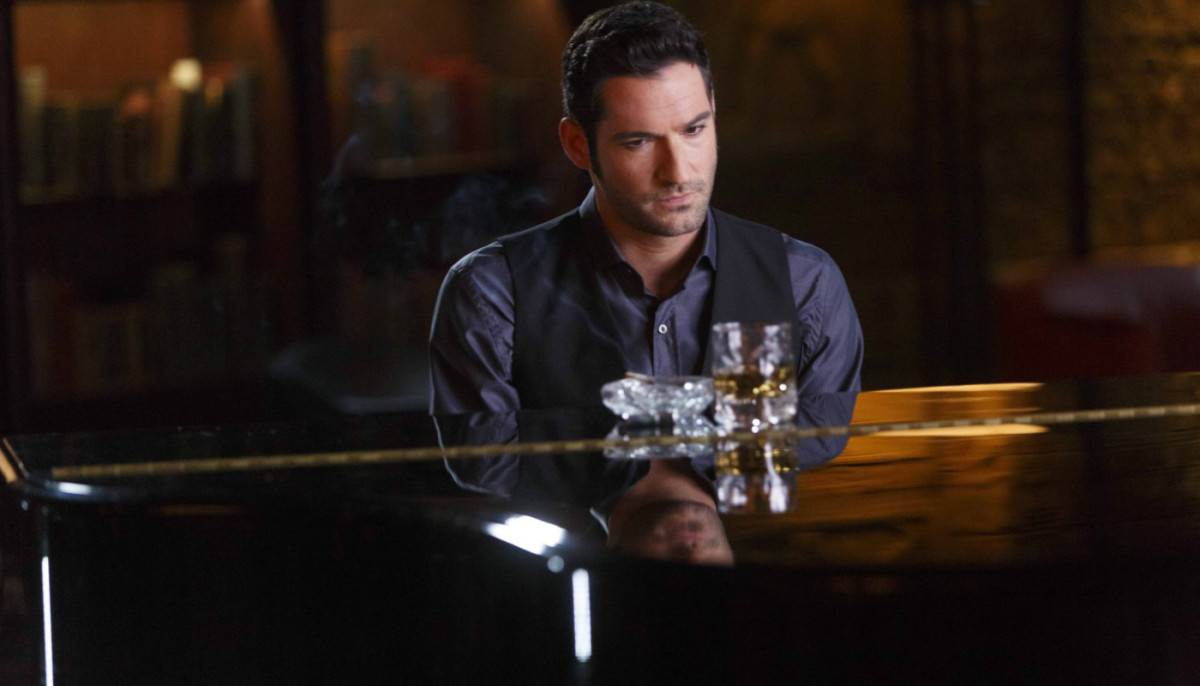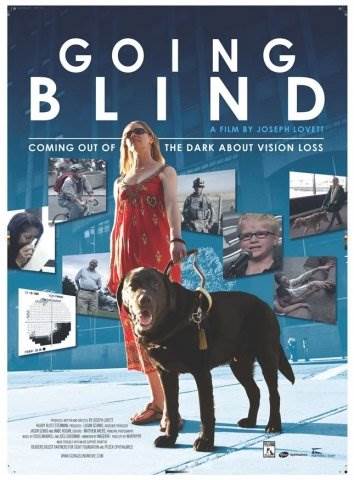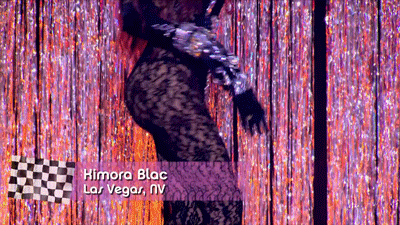David J. Peterson is the award-winning creator of Dothraki and High Valyrian in “Game of Thrones,” the multiple languages and dialects of “Defiance” and Tarsem Singh’s epic “Emerald City,” and many of the languages of the Marvel cinematic universe. He’s also the creator and consultant for “The 100’s” new language, which has fascinated us here at Screener since Season 2 gave us our first taste.
As the show’s world expands in Season 4, we’re getting to hear more of it than ever — so we asked David to tell us more about Grounder language, and how it developed: Both in the real world, and on the show…
We’ve reached the season 4 premiere of “The 100,” which brings with it the return of the Grounders, and their language Trigedasleng (if you didn’t know that was the name of the language, don’t worry: It’s never actually been uttered on screen).
Trigedasleng is the name given to the language that evolved on Earth over about a century and a half from a mix of modern English and a code with mysterious origins. Used exclusively by Trikru at the outset, by the time we meet the Grounders in the show, the language has well outgrown its original circumstances, and become a de facto lingua franca amongst all the Twelve Tribes.
Originally, Gonakru (the warriors in Grounder society) also used modern English in dealing with Mount Weather over the years. Since then, English fluency has spread, so most Grounders are bilingual.
RELATED: Dothraki Diaries: A week in the life of TV language creator David J. Peterson
The language itself should be super familiar to English speakers, if you control for spelling. Here’s a sentence of Trigedasleng, its word-for-word etymology, and its meaning (segments in parentheses have been dropped):
- Mebi oso na hit choda op nodotaim.
Maybe us-all (gon)na hit (ea)ch-other up (a)nother-time.
“May we meet again.”
This is fairly straightforward, to my mind (said the right way, this could be modern English). The spelling obscures it a bit, though…
Early in our prep for Season 2 (when I joined the show), I asked Jason Rothenberg about that. I told him that given the nature of the language, I could do one of two things: (1) I could use actual English spelling when the word was identical or nearly identical (something like the second line in the example above), or (2) I could create a regular spelling that was purely phonetic, meaning that every word would be spelled exactly as it’s pronounced. Jason opted for option (2), thinking that it would help the actors really think of it as another language.
RELATED: ‘The 100’: Jason Rothenberg teases Azgeda & Trikru’s ‘bipolor relationship’
Some of the actors have really played it up as a radically different language in their performances; others have hit on how similar it is to English, and relied on their English-speaking instincts to inform their delivery. Neither option is better than the other. Some of the divergent takes on it have been fascinating. But the truth remains that the grammar is simply an evolution of modern English grammar, and every single word of Trigedasleng — without exception — has its origin in a modern English word.
The way word meanings have changed over time is part of what gives Trigedasleng its unique character. Some meaning changes were quite intentional, and very much like what we call slang today. For example, when I was young, everyone started saying “bad” to mean “good.” Years later, kids started using “sick” for the same purpose. Unless you knew that this was being done intentionally, you’d be lost listening to young people speak, as it would be quite perplexing how often they were using a negative term to describe something they revered.
In the early days of Trigedasleng, this type of meaning switching was employed on a massive scale. Instead of referring to something as a trap, it would be called a safe house; instead of saying “man” and “woman”, one said “hefter” and “planner”; the Commander was referred to as the “header.”
Sometimes the word was the opposite of its original meaning; sometimes the original meaning of the word employed was a clue as to its code meaning; sometimes it wasn’t related at all. It was a code that users had to learn in order to be a part of the group.
The original code words filtered into what became Trigedasleng and became a part of the language. Pronunciation changed over time, resulting in a reorganization of English grammar, and obscuring the vocabulary even further.
Then the language began to develop its own character, and younger speakers started creating words for everything that filled the world around them (deimeika, “day maker,” for “sun”; graunpauna, “ground pounder,” for “gorilla”; natrona, “night runner,” for “traitor”). As the younger speakers grew, their slang became a part of the language, and soon became standard.
Little by little, Trigedasleng grew into what Skaikru (“sky-crew”) discovered when they returned to Earth.
RELATED: Clarke & Bellamy keep ‘The 100’s’ biggest threat yet a secret
Especially if you’re hearing about it for the first time, it may surprise you to learn that Trigedasleng is by far my most popular created language. True, I’ve created languages for shows that are more popular (e.g. “Game of Thrones”), and some of the languages I’ve created have better name recognition — but none of them has the devoted following that Trigedasleng has.
In teasing this out, I concluded that it comes down to three factors:
- Trigedasleng is the easiest language for an English speaker to learn, bar none, and the majority of “The 100’s” audience is English speakers.
- Though it is by no means a show aimed exclusively at teens, teens can watch “The 100,” whereas many will not be allowed to watch something like “Game of Thrones.” Younger people have more time and willingness, in my experience, to get into something like a conlang than older folks (like me) who barely have time to keep up with all their television shows.
- Trigedasleng is used in a meaningful way in the show. Millions saw, for example, “Thor: The Dark World” and “Doctor Strange,” but my work there was rather more incidental to the plot than Trigedasleng is to “The 100.”
After not really knowing what to expect, joining the show mid-way into its run as I did, I’ve had a ton of fun with it. This season continues the trend of the total number of conlang lines exceeding the total from the previous season, so… Fans are in store for a lot of new Trigedasleng.
Hofli yu na dig em in! (Hopefully you’ll enjoy it!)
The 13-episode fourth season of “The 100” airs Wednesdays at 9 p.m. ET/PT on The CW.
Source link



 Movies News4 years ago
Movies News4 years ago


 Celebrities8 years ago
Celebrities8 years ago


 Movies News8 years ago
Movies News8 years ago


 Celebrities7 years ago
Celebrities7 years ago









